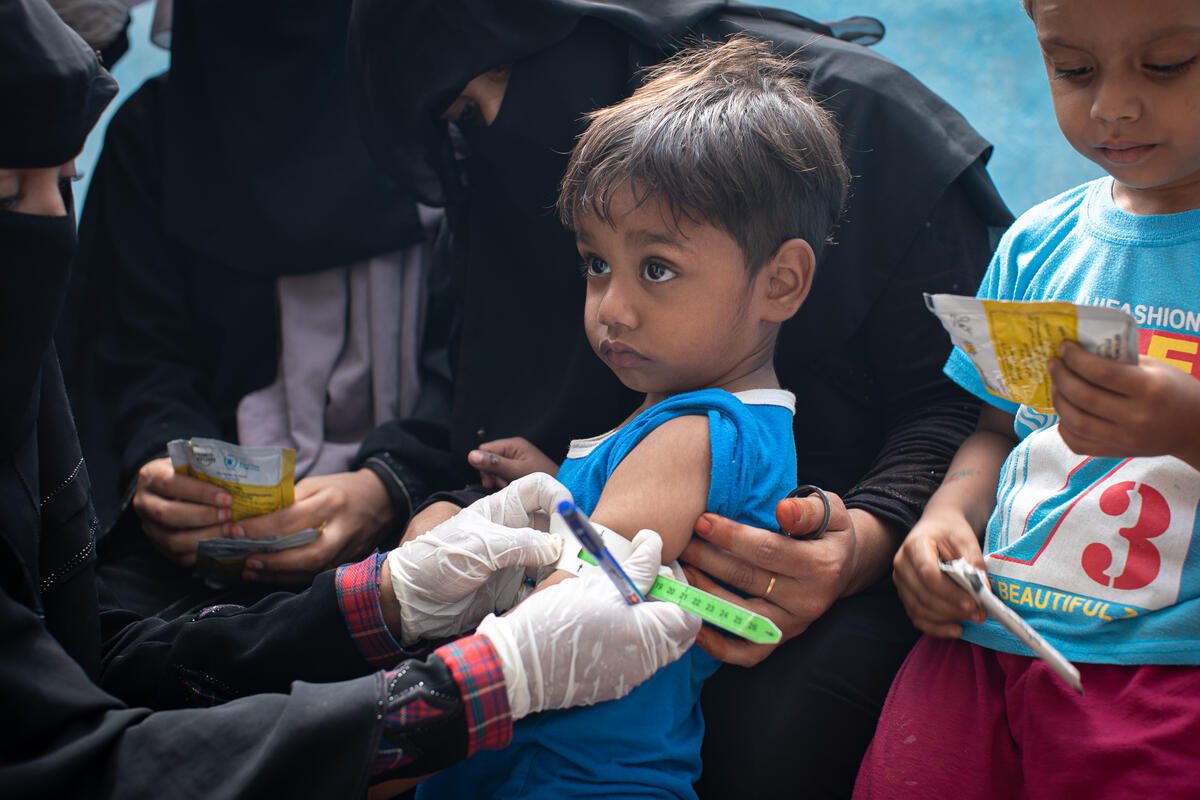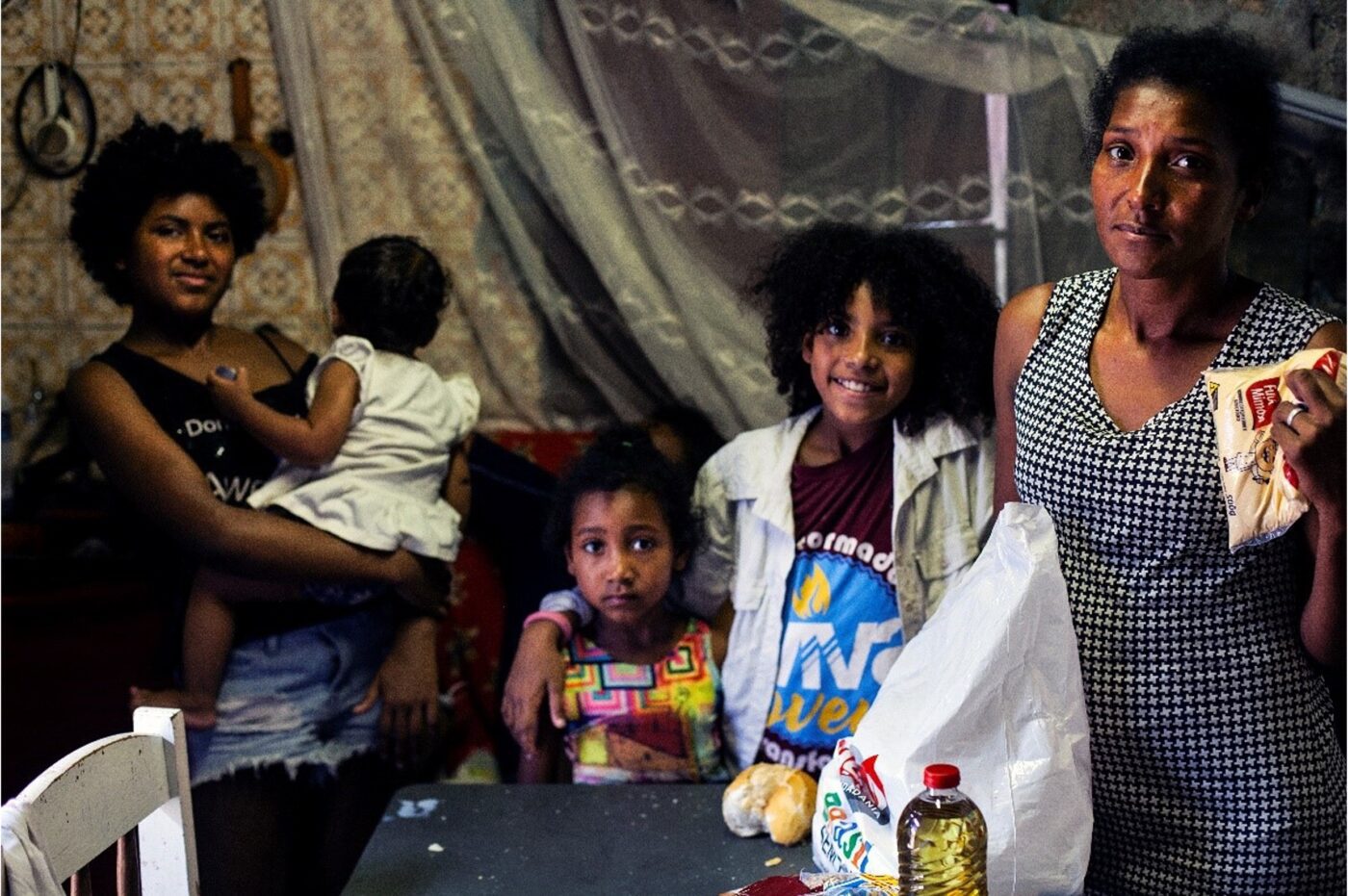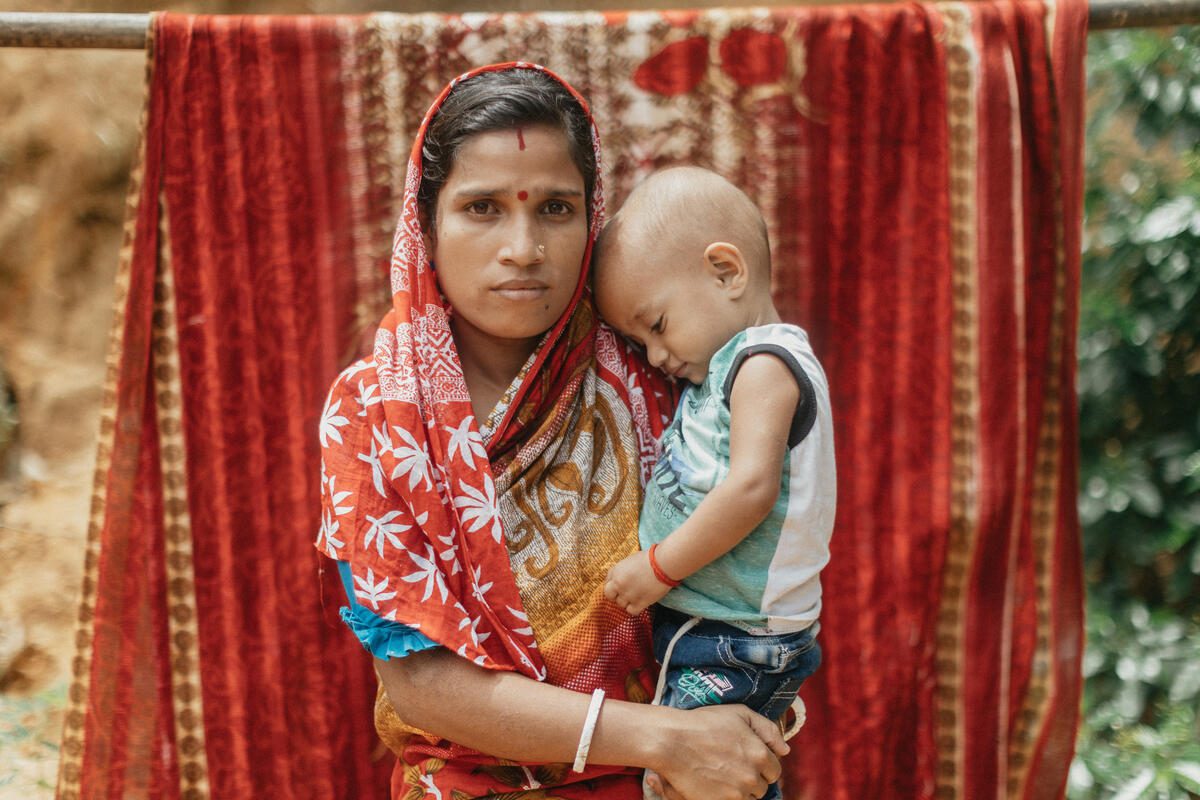Disease & Hunger
Global Hunger Is a Health Problem
 WFP/Hugh Rutherford
WFP/Hugh RutherfordExtreme hunger leaves people vulnerable to infectious diseases like cholera, malaria, pneumonia and measles, which can spread through communities like wildfire. The sickest and most malnourished die. Those who survive could face the lingering effects of hunger and malnutrition for the rest of their lives.
How Hunger Impacts Health
343M
343 million people are facing extreme hunger
#1
Malnutrition is the single largest contributor to disease in the world.
12x
Malnourished children are up to 12 times more likely to die than a healthy child.
 WFP/Sayed Asif Mahmud
WFP/Sayed Asif MahmudHow Hunger Is Linked to Disease
Hunger Increases Risk of Infection
Extreme hunger manifests in weakness, pain, weight loss, impaired thinking and a compromised immune system. When people don’t have adequate food, it weakens their ability to fight off infection, and common illnesses can become life-threatening.
Disease Exacerbates Hunger
Illness makes people vulnerable to malnutrition, especially in crisis zones where they lack access to lifesaving health services and medicine. Even if they can access food, diseases like diarrhea can cause dehydration and affect a person’s ability to absorb nutrients, which worsens hunger.
Hunger Lasts Generations
Malnourished mothers give birth to malnourished babies who are more susceptible to illness, infection and long-term health problems, perpetuating an intergenerational cycle of hunger for millions of families around the world.




